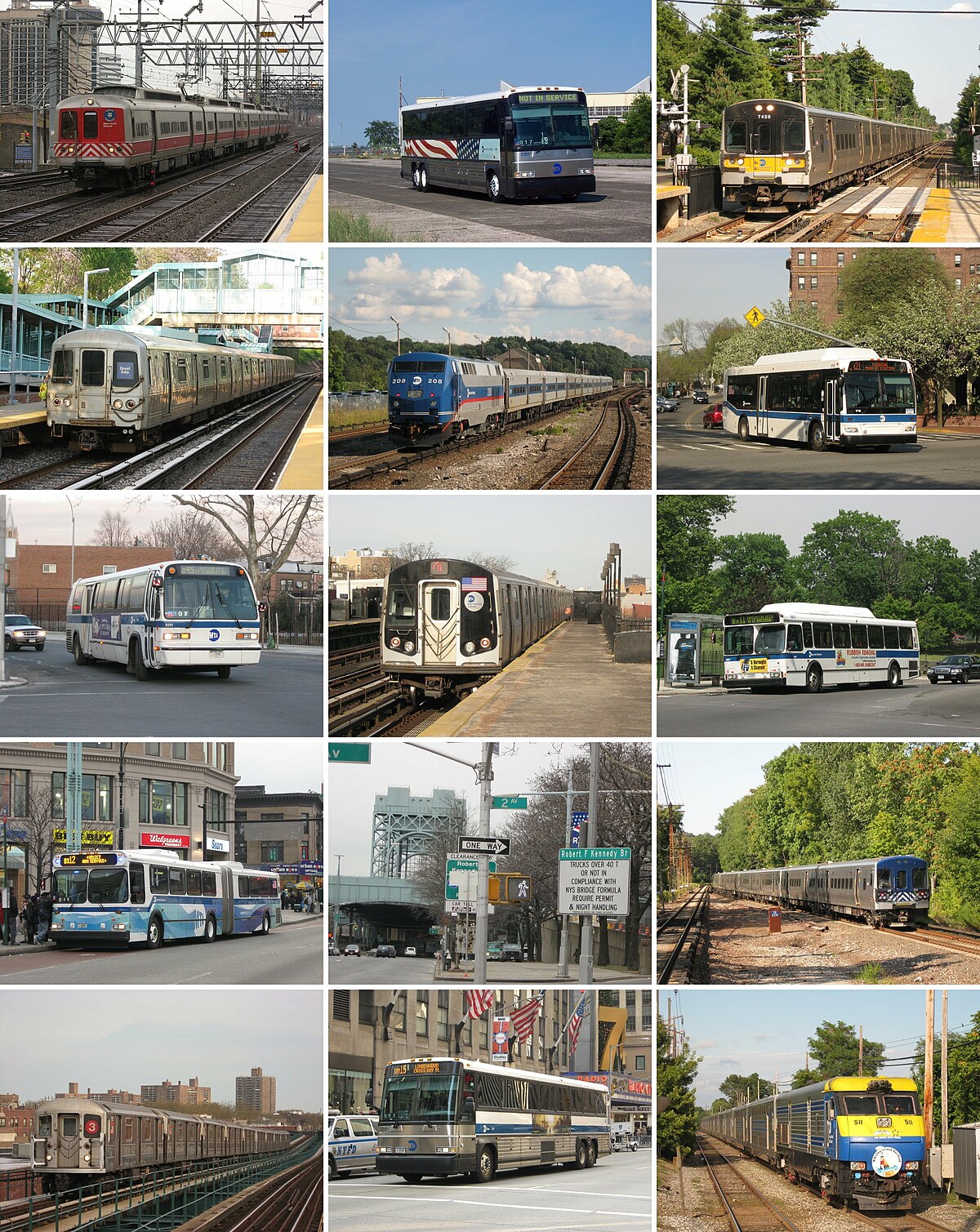
Overview
The Metropolitan Transportation Authority (MTA) is a public agency responsible for public transportation in the New York City metropolitan area, serving 12 counties in downstate New York with over 11 million weekday passengers and 850,000 vehicles on its bridges and tunnels daily.
History
Established in 1965, the MTA was formed by merging the city's transit system (NYCTA) and the tri-borough toll agency (TBTA). The authority has since expanded its operations to include commuter rail and regional bus services.
Responsibilities and Service Area
The MTA oversees the development and implementation of a unified mass transportation policy for the New York metropolitan area, including the five boroughs of New York City and seven surrounding counties. It provides oversight to its subsidiaries and affiliates, known collectively as "The Related Entities."
Subsidiaries and Affiliates
The MTA's subsidiaries include:
- Metro-North Railroad (commuter rail)
- Long Island Rail Road (commuter rail)
- New York City Transit (subway, buses, Staten Island Railway)
- MTA Bus (buses)
- MTA Construction and Development
- MTA Grand Central Madison Concourse
Affiliates include:
- MTA Bridges and Tunnels
- MTA Inspector General
Governance
The MTA is governed by a 21-member board. Board members are nominated by the Governor of New York and the Mayor of New York City, and confirmed by the New York State Senate.
Funding
The MTA collects revenue from passenger fees and a payroll tax levied on employers in the 12-county service area.
Budget Deficits
The MTA has faced persistent budget deficits due to inadequate funding and increasing expenses. This has led to fare increases, service cuts, and a shortage of revenue for maintenance and improvements.
Expenses
- High labor costs
- Overspending
- Overpaying contractors
- Union demands
Other Issues
- Advertisement bans: The MTA has banned certain advertisements deemed offensive or controversial.
- 2017-2021 transit crisis: The MTA declared a state of emergency due to deteriorating infrastructure and reliability issues.
- Safety campaign: The iconic "If You See Something, Say Something" slogan encourages passengers to report suspicious activity.
- Courtesy campaigns: The MTA promotes good etiquette on public transportation with signs and announcements.
- Onsite COVID-19 vaccinations: The MTA provided vaccination sites in subway and commuter rail stations during the COVID-19 pandemic.